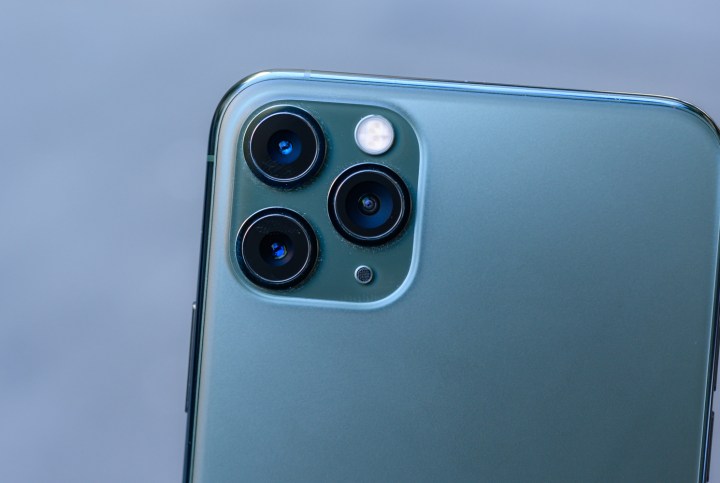
The biggest improvements to Apple’s new iPhones are in the cameras, and not just because of the new ultra-wide-angle lenses on the iPhone 11, iPhone 11 Pro, and iPhone 11 Pro Max. The software powering the cameras is responsible for a significant leap forward in image quality thanks to improvements in computational photography techniques. One of the most interesting is semantic rendering, an intelligent approach to automatically adjusting highlights, shadows, and sharpness in specific areas of a photo.
What is semantic rendering?
In artificial intelligence, “semantics” refers to a machine’s ability to smartly segment information similar to how a human would. Different branches of machine learning may have different uses for semantic segmentation, but for photography, it starts with subject recognition.
In Apple’s case, the camera is specifically looking for any people within the frame, but it goes a level deeper than that. When the iPhone detects a human subject, Apple told Digital Trends it further differentiates between skin, hair, and even eyebrows. It can then render these segments differently to achieve the best results, creating a portrait that is properly exposed over the background.
[/pullquote]Just take a picture, and the phone will do the work in fractions of a second. [/pullquote]
To understand why this is so important, it helps to also understand how a standard camera works. Whether an older iPhone or a professional DSLR, a camera usually doesn’t know what it’s shooting. It knows the color and brightness of any given pixel, but it can’t glean any meaning about what’s actually in the frame. When you select the “portrait” color profile on a Nikon or Canon, for example, the camera is merely applying settings to specific color ranges of pixels commonly found in human subjects; it doesn’t really know if a person is present or not.
Such an effect is called a global adjustment, meaning it is applied to the entire photo equally. This is also how standard high dynamic range, or HDR, photos work: Highlights are lowered, shadows are raised, and midrange contrast might be enhanced — but without regard to what’s in the picture. This approach works well for subjects like landscapes, but it doesn’t always work for portraits.

With semantic rendering, an iPhone 11 can apply local, rather than global, adjustments. This means a bright sky can have its brightness reduced to maintain color and detail, while the highlights on a person’s face won’t be reduced as much, preserving depth in the subject. Sharpness can also be applied to the skin and hair in different strengths.
Photographers have been doing this kind of retouching by hand in programs like Adobe Photoshop for years, but the enhancements are applied instantly on an iPhone 11.
How do you use it? Just take a picture, and the phone will do the work in fractions of a second. Know that semantic rendering only affects human portraits; other types of photos receive the standard HDR treatment. It is not limited to portrait mode — any photo with a human subject is automatically a candidate for semantic rendering.
Computational photography — which incorporates everything from HDR to depth-sensing portrait modes — enables phone cameras to surpass the physical limitations of their small lenses and sensors. Apple’s semantic rendering is among the next evolution of these technologies — Google has been using similar machine learning to power the camera in its Pixel smartphones.
While the tech powering it is complex, its goal is simple. By giving the iPhone the ability to know when it’s looking at a person, it sees the world a little more like we do, leading to pictures that look natural and more true to life.
Editors' Recommendations
- Nomad’s new iPhone case and Apple Watch band may be its coolest yet
- 5 phones you should buy instead of the iPhone 15
- Why you should buy the iPhone 15 Pro instead of the iPhone 15 Pro Max
- 3 reasons why I’ll actually use Anker’s new iPhone power bank
- Here’s how Apple could change your iPhone forever




